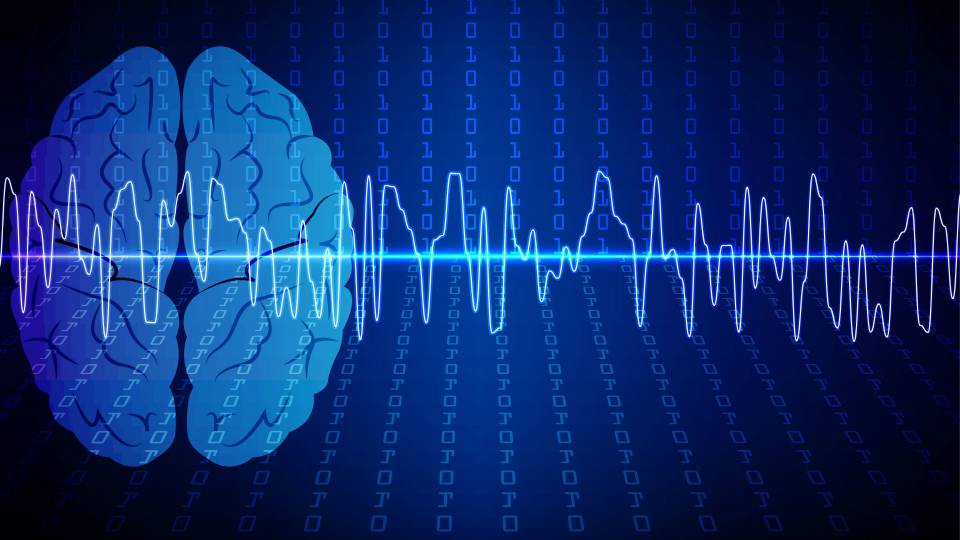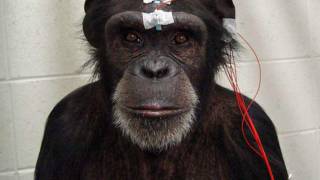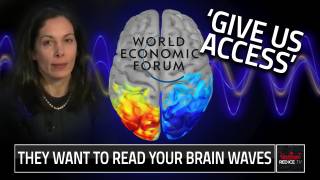Brain Waves Reflect Different Types of Learning
Figuring out how to pedal a bike and memorizing the rules of chess require two different types of learning, and now for the first time, researchers have been able to distinguish each type of learning by the brain-wave patterns it produces.
These distinct neural signatures could guide scientists as they study the underlying neurobiology of how we both learn motor skills and work through complex cognitive tasks, says Earl K. Miller, the Picower Professor of Neuroscience at the Picower Institute for Learning and Memory and the Department of Brain and Cognitive Sciences, and senior author of a paper describing the findings in the Oct. 11 edition of Neuron.
When neurons fire, they produce electrical signals that combine to form brain waves that oscillate at different frequencies. "Our ultimate goal is to help people with learning and memory deficits," notes Miller. "We might find a way to stimulate the human brain or optimize training techniques to mitigate those deficits."
The neural signatures could help identify changes in learning strategies that occur in diseases such as Alzheimer's, with an eye to diagnosing these diseases earlier or enhancing certain types of learning to help patients cope with the disorder, says Roman F. Loonis, a graduate student in the Miller Lab and first author of the paper. Picower Institute research scientist Scott L. Brincat and former MIT postdoc Evan G. Antzoulatos, now at the University of California at Davis, are co-authors.
Explicit Versus Implicit Learning
Scientists used to think all learning was the same, Miller explains, until they learned about patients such as the famous Henry Molaison or "H.M.," who developed severe amnesia in 1953 after having part of his brain removed in an operation to control his epileptic seizures. Molaison couldn't remember eating breakfast a few minutes after the meal, but he was able to learn and retain motor skills that he learned, such as tracing objects like a five-pointed star in a mirror.
"H.M. and other amnesiacs got better at these skills over time, even though they had no memory of doing these things before," Miller says.
The divide revealed that the brain engages in two types of learning and memory -- explicit and implicit.
Explicit learning "is learning that you have conscious awareness of, when you think about what you're learning and you can articulate what you've learned, like memorizing a long passage in a book or learning the steps of a complex game like chess," Miller explains.
"Implicit learning is the opposite. You might call it motor skill learning or muscle memory, the kind of learning that you don't have conscious access to, like learning to ride a bike or to juggle," he adds. "By doing it you get better and better at it, but you can't really articulate what you're learning."
Many tasks, like learning to play a new piece of music, require both kinds of learning, he notes.
Read the rest here.






















